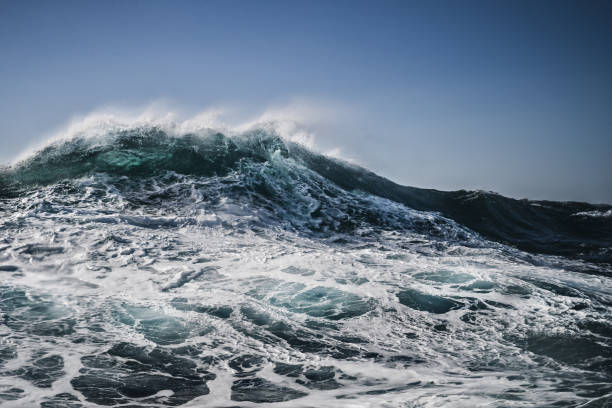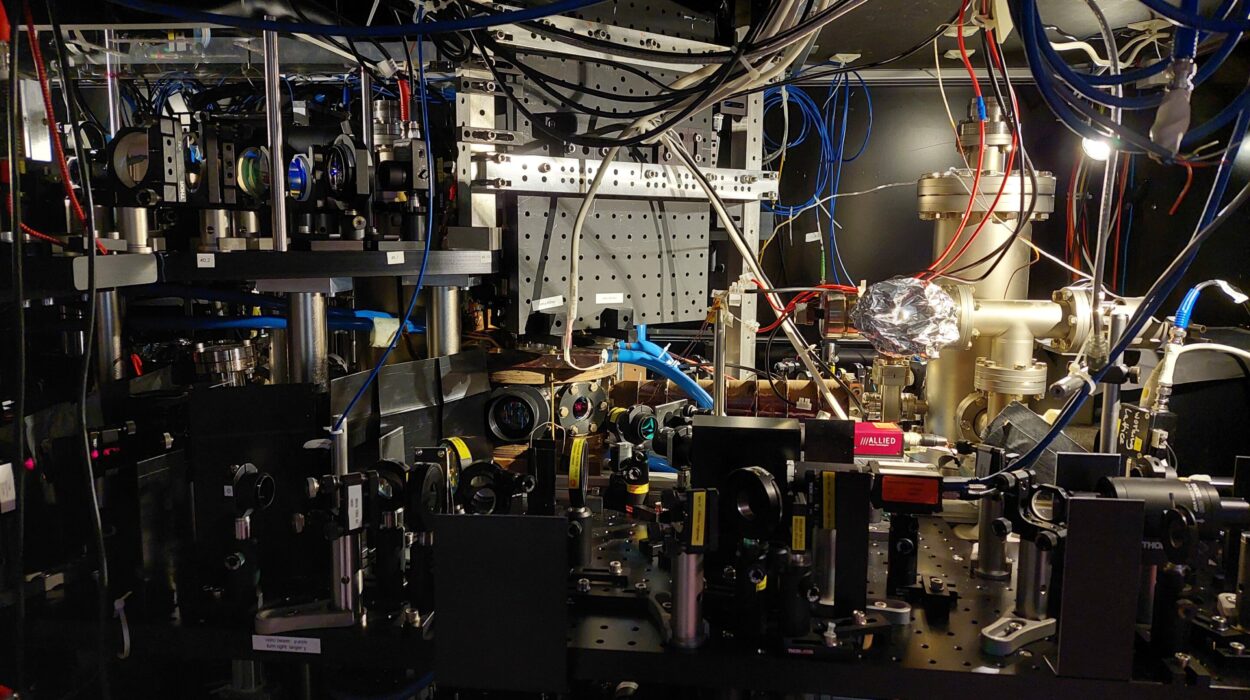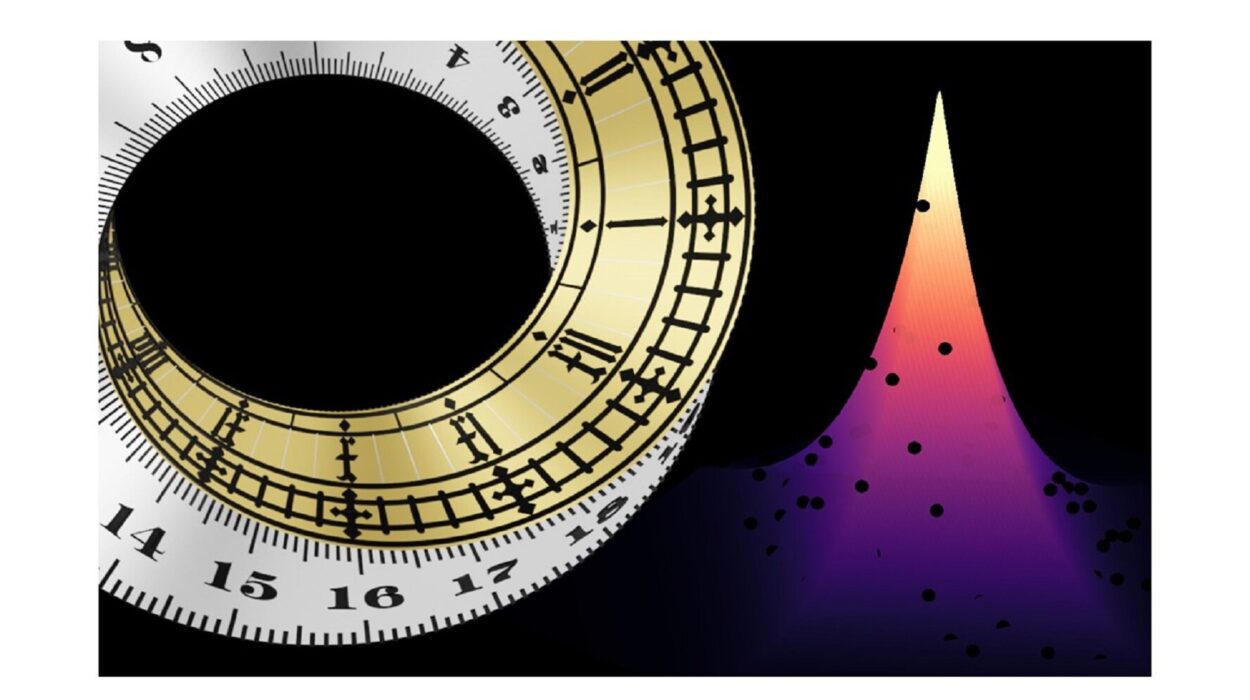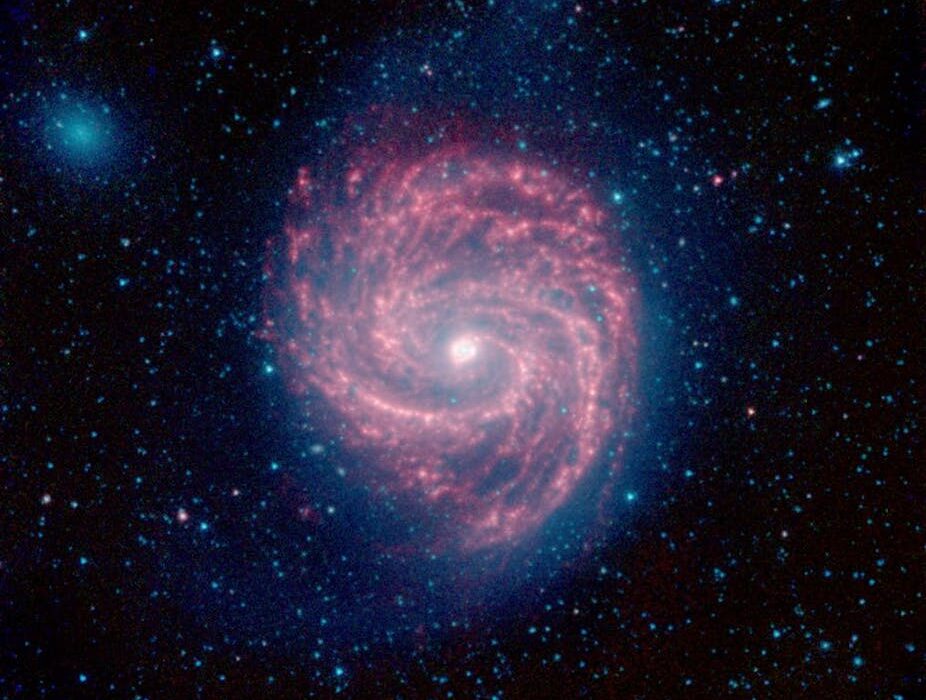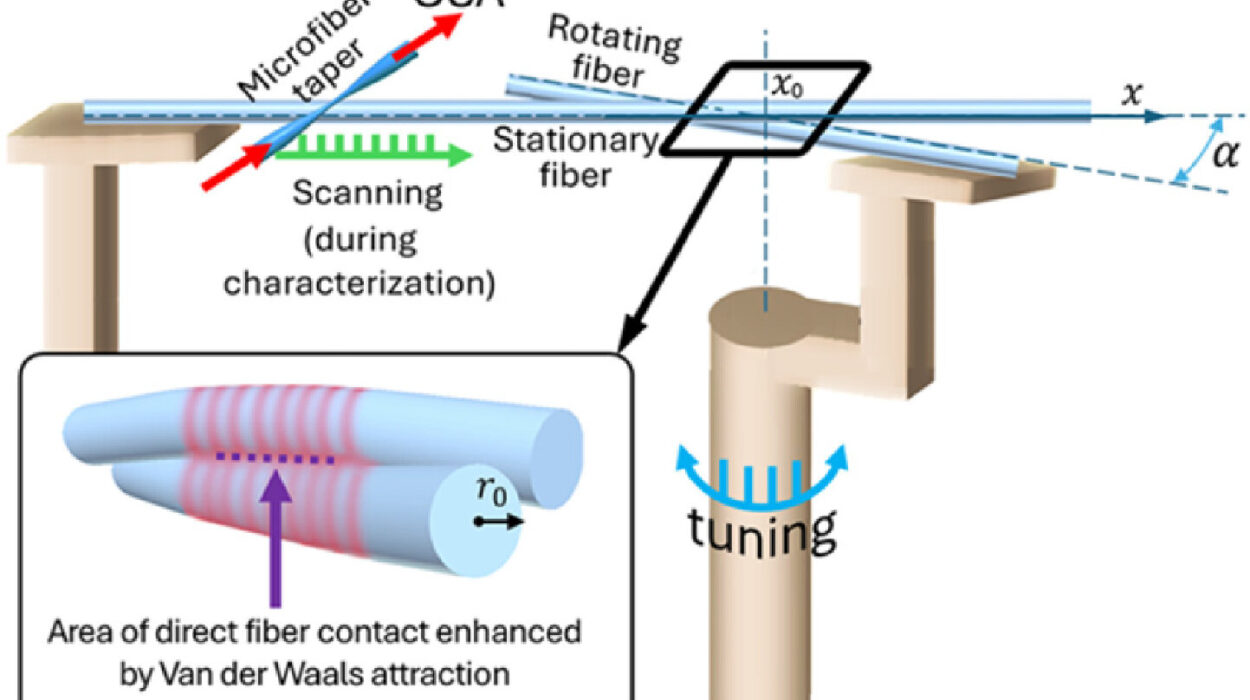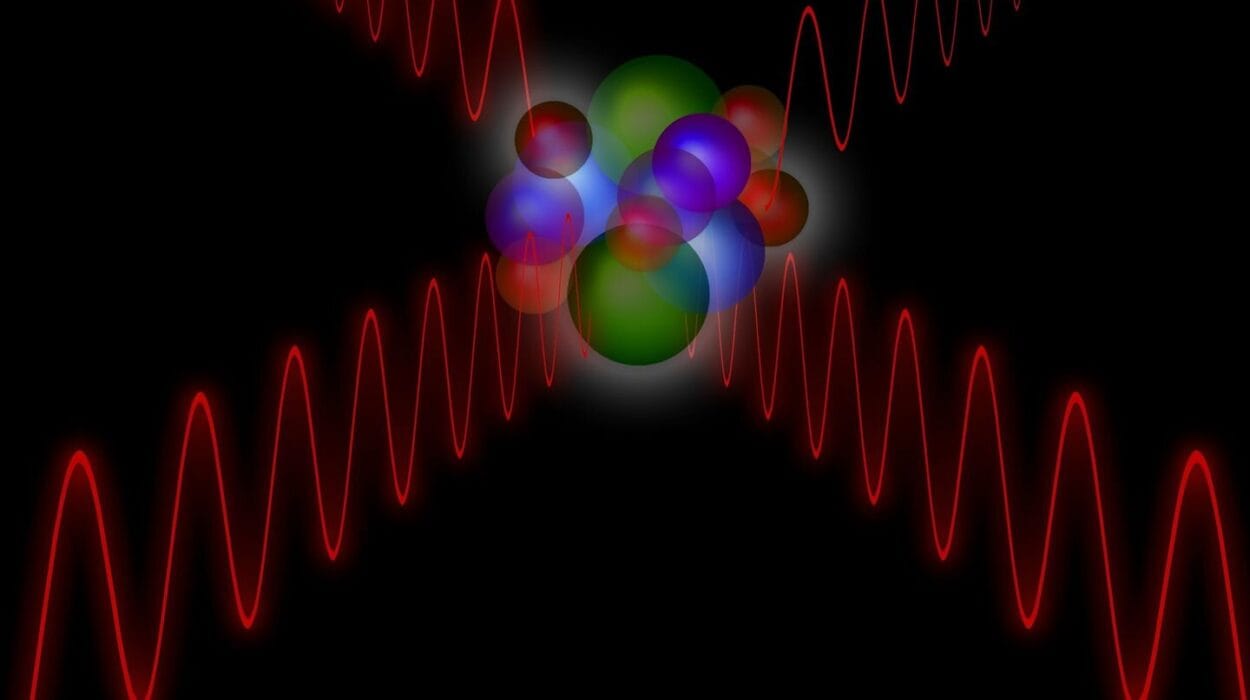The vast, rolling oceans that cover over 70% of our planet’s surface are in constant motion. Waves crash on beaches, mighty currents circle the globe, and tides rhythmically rise and fall. These movements of water shape our climate, support marine ecosystems, influence human navigation, and even affect the daily lives of billions. But behind these familiar phenomena lies a tapestry of complex physical principles—forces exerted across unimaginable distances, fluid dynamics at a planetary scale, and the subtle interplay between Earth, moon, and sun. Understanding how physics explains tides and ocean currents is not just an academic exercise; it reveals the majestic dance between celestial mechanics and earthly waters that defines life on our blue planet.
The Ocean’s Dynamic Nature: A Prelude
At first glance, the ocean might seem a tranquil and uniform expanse, but in reality, it is a restless and intricately structured system. The ocean’s surface is a theater for diverse phenomena, from small ripples and local waves to enormous currents that traverse thousands of kilometers. Beneath the surface, variations in temperature and salinity drive powerful circulations that influence global climate patterns.
To understand the physics behind tides and ocean currents, we must first appreciate that these phenomena arise from the forces acting on the ocean water, the properties of the water itself, and the Earth’s geometry and rotation. The story begins with gravity—both the familiar force pulling us down to Earth and the more subtle gravitational interactions between Earth, moon, and sun that generate tides.
Tides: The Celestial Tug-of-War
What Are Tides?
Tides are the periodic rise and fall of sea level caused primarily by the gravitational pull of the moon and the sun on Earth’s oceans. The simplest way to imagine tides is to picture the moon’s gravity pulling water toward it, creating a bulge or high tide on the side of Earth facing the moon. At the same time, inertia causes a second bulge on the opposite side, producing another high tide. The areas between these bulges experience low tides.
These two high and low tides move around the Earth as the planet rotates, resulting in the familiar cycle of tides experienced along coastlines. Most coastal areas see two high tides and two low tides approximately every 24 hours and 50 minutes, a pattern called semidiurnal tides.
The Role of Gravity and Inertia
The physics of tides hinges on the gravitational forces exerted by celestial bodies and the inertia of ocean water. Gravity is the force that attracts two masses toward each other; the larger the mass and the closer the bodies, the stronger the attraction. The moon, despite its smaller size compared to the sun, exerts a significant influence on Earth’s tides because it is much closer.
The moon’s gravitational pull varies across Earth’s surface—the side closest to the moon experiences a stronger pull than the center of the Earth, and the far side experiences the weakest pull. This difference, called the tidal force, causes ocean water to redistribute itself, forming bulges.
Inertia, the tendency of water to resist changes in its motion, counteracts the moon’s pull on the side of Earth opposite the moon. The water on this far side “lags behind,” creating a second bulge. This balance of forces—gravity pulling water toward the moon and inertia pushing water away from Earth’s center—forms the basis of the two tidal bulges.
Why Two High Tides?
A common misconception is that there is only one high tide on the side facing the moon. In reality, the interaction of gravitational forces and inertia produces two high tides on opposite sides of the Earth. The moon’s pull creates the first bulge, while the second bulge forms because the Earth itself is pulled slightly more toward the moon than the water on the far side, causing the water there to be left behind, resulting in a high tide.
The Sun’s Influence on Tides
Though the sun is vastly larger than the moon, its tidal effect on Earth’s oceans is less than half as strong, due to its much greater distance. However, the sun’s gravity combines with the moon’s in ways that produce varying tidal ranges.
When the sun, moon, and Earth align during full and new moons, their gravitational forces reinforce each other, causing especially high and low tides known as spring tides (unrelated to the season spring). When the moon is at right angles to the sun relative to Earth, during quarter moons, the tidal forces partially cancel out, producing neap tides, which have lower high tides and higher low tides.
The Complication of Earth’s Rotation and Shape
The Earth’s rotation introduces a critical complexity to the tidal system. As Earth spins on its axis roughly every 24 hours, the tidal bulges remain relatively fixed with respect to the moon’s position. This causes the bulges—and thus high tides—to sweep around the globe.
Moreover, Earth is not a perfect sphere; its continents and ocean basins interrupt the free flow of water, creating a complex and diverse pattern of tides worldwide. Local coastal geography, ocean depth, and seafloor topography all influence tidal timing and range. Some places experience semi-diurnal tides, others have diurnal tides with only one high tide per day, and some see mixed tides.
The Equilibrium and Dynamic Tide Theories
The simplest model to understand tides is the equilibrium tide theory, which assumes an ocean completely covering Earth and responding instantly to the tidal forces. While useful for conceptual understanding, this model falls short in explaining real-world tidal complexities.
The dynamic tide theory improves on this by incorporating factors like ocean basin shape, Earth’s rotation, and friction. It treats tides as waves influenced by the Coriolis effect—a phenomenon caused by Earth’s rotation that deflects moving objects, including water. This theory explains how tidal waves propagate and interact with coastlines, leading to resonance phenomena in places like the Bay of Fundy, where tidal ranges exceed 15 meters.
Ocean Currents: The Global Conveyor Belt of Water
While tides are periodic and predictable changes in sea level, ocean currents are continuous flows of water driven by a variety of forces. These currents move enormous volumes of water across the globe, redistributing heat, nutrients, and salinity. The physics of ocean currents involves principles of fluid dynamics, thermodynamics, and planetary motion.
Surface Currents and the Wind’s Role
Surface currents are primarily driven by wind. The Sun heats the Earth unevenly, creating atmospheric pressure differences that generate winds. When wind blows over the ocean surface, it exerts frictional drag, pushing the water along.
However, the water does not move in the exact direction of the wind because of the Coriolis effect. Instead, in the Northern Hemisphere, currents veer to the right of the wind direction, and in the Southern Hemisphere, to the left. This deflection creates large circular patterns called gyres.
These gyres dominate the major ocean basins. For instance, the North Atlantic Gyre includes the Gulf Stream, a powerful current that transports warm water from the tropics to the North Atlantic, profoundly influencing the climate of Europe and North America.
Deep Ocean Currents and Thermohaline Circulation
Beneath the surface, ocean currents are driven by differences in water density, which depend on temperature (thermo) and salinity (haline). Cold, salty water is denser and sinks, while warmer, fresher water is lighter and rises. This process creates a global-scale conveyor belt known as the thermohaline circulation.
At the poles, surface water cools and becomes saltier due to ice formation (which leaves salt behind). This dense water sinks and flows along the ocean floor toward the equator. Meanwhile, warmer surface water moves poleward to replace the sinking water, creating a continuous cycle.
Thermohaline circulation plays a vital role in regulating Earth’s climate by transporting heat between the equator and poles. It also influences the distribution of nutrients, supporting marine life in the deep ocean.
The Physics Behind Ocean Currents
The movement of ocean currents is governed by the Navier-Stokes equations, which describe fluid motion considering viscosity, pressure, external forces, and acceleration. While these equations are notoriously complex, simplified models help explain key behaviors of ocean currents.
The balance between pressure gradients, the Coriolis force, and friction determines the direction and speed of currents. For example, geostrophic currents arise when the pressure gradient force is balanced by the Coriolis force, causing currents to flow parallel to isobars (lines of equal pressure).
Wind-driven Ekman transport is another fascinating phenomenon. Wind stress on the ocean surface causes water to move at an angle to the wind direction, with each successive layer moving more to the right (in the Northern Hemisphere) and slower, creating a spiral effect in the water column.
Coastal Currents and Upwelling
Coastal areas experience unique current patterns influenced by local winds, coastline shape, and ocean floor topography. When winds blow parallel to a coastline, Ekman transport can cause water to move away from the shore, allowing deeper, nutrient-rich water to rise in a process called upwelling.
Upwelling zones are among the most biologically productive areas in the ocean, supporting rich fisheries and diverse ecosystems. Conversely, downwelling occurs when water is pushed toward the coast, forcing surface water downward.
The Impact of Currents on Climate and Life
Ocean currents play a crucial role in regulating Earth’s climate by transporting heat from the equator toward the poles and cold water back toward the tropics. This redistribution moderates global temperatures and influences weather patterns.
Currents also impact marine ecosystems by distributing nutrients and organisms. Larvae and plankton are carried along current paths, connecting distant habitats. Human societies have long relied on ocean currents for navigation, trade, and fishing.
The Interconnection of Tides and Currents
While tides and ocean currents are distinct phenomena driven by different physical mechanisms, they interact in complex ways. Tidal forces influence coastal currents, mixing, and sediment transport. In estuaries and bays, tidal currents can dominate water movement, affecting salinity and ecosystem dynamics.
The physics of these interactions involves fluid dynamics and energy transfer. For example, tidal energy dissipates through friction and turbulence, contributing to mixing layers of water. Understanding these processes is critical for coastal management, predicting flooding, and harnessing tidal energy.
Modern Tools and Research
Advancements in technology have transformed our ability to study tides and ocean currents. Satellites provide detailed measurements of sea surface height and temperature, while autonomous floats and underwater gliders collect data from the depths.
Mathematical models, powered by supercomputers, simulate ocean circulation and tidal patterns with increasing accuracy. These models help predict storm surges, understand climate change impacts, and guide conservation efforts.
Conclusion: The Ocean’s Eternal Dance
The tides and currents of our oceans are a testament to the elegance of physics writ large. From the celestial mechanics of gravitational pulls to the subtle complexities of fluid flow on a rotating sphere, the ocean’s motions reveal the interconnectedness of forces shaping our world.
These phenomena remind us that Earth is not an isolated sphere but a dynamic system influenced by the moon, sun, and atmosphere. The interplay of tides and currents sustains life, shapes climates, and inspires human curiosity.
Understanding the physics behind tides and ocean currents enriches our appreciation for the ocean’s power and mystery. It invites us to continue exploring, respecting, and protecting the vast watery realm that is central to life on Earth.
